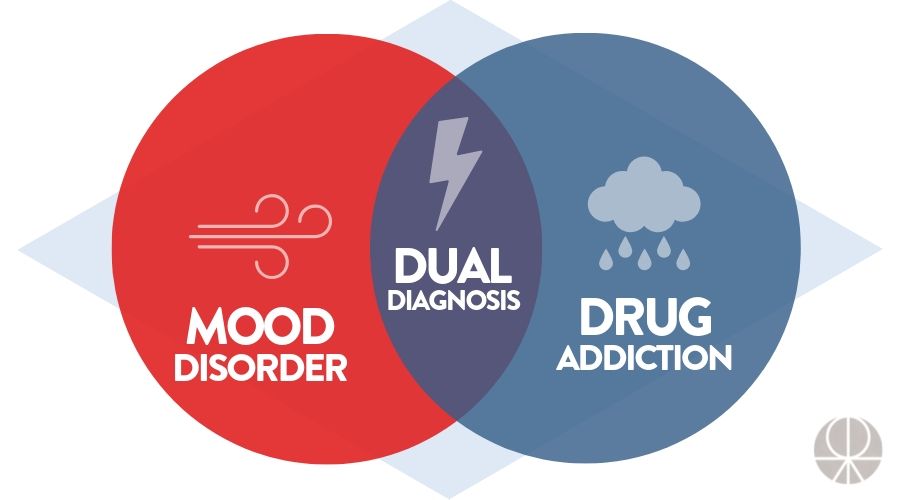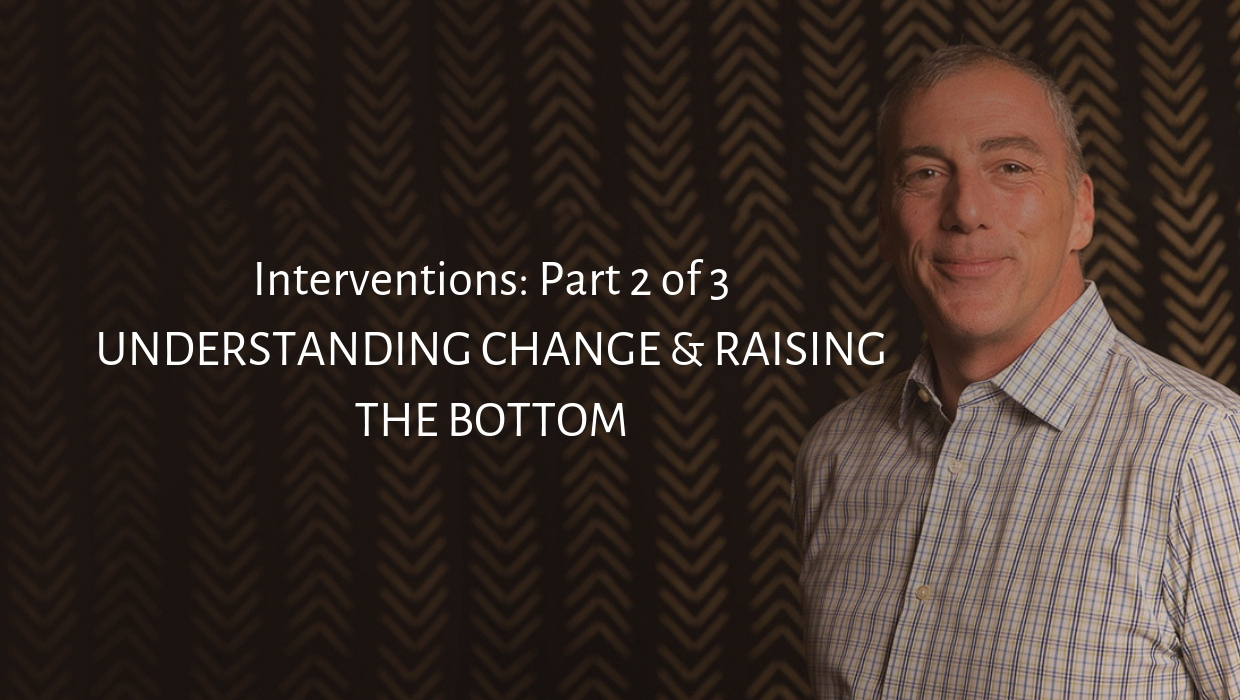What to expect in this episode:
- one of the most complex realms to navigate when were in recovery is the social, is the interpersonal, is the areas that we get connected and disconnected
- One of the things we are working on within recovery, and it’s deeper work, is we’re working on these internal developmental splits
- How do you bridge these two conflicting desires? How do we stop leaning too hard into one or the other? Strength through compassion. Compassionate strength. A place where people feel the most whole.
The tension between autonomy and belonging
There is a common meme that was floating around in recovery, I think it was in a ted talk based on this study, It said the opposite of addiction is not sobriety, the opposite of addiction is connection
And people love that, they love it because it holds truth. It holds a lot of truth.
Probably one of the most complex realms to navigate when were in recovery is the social, is the interpersonal, is the areas that we get connected and disconnected, intrapersonally inside of ourselves, and interpersonally with each other.
What you see with people coming into recovery is you’ll see what I call splits. And splits are…. Dis-Integrated. They are areas of the self in the way that we interact that are not in communication with each other.
It’s often why when were talking about human beings we talked about our different parts. Our yin and our yang, our shadow, those kinds of things – the little devil on my shoulder, the angel on my shoulder,
You think about the start of these different… subpersonalities, these archetypal characters that exists inside of us often though subpersonalities are split
So, the person who is really mature and articulate – I can be very mature and articulate – and then one of my children spills the milk, then suddenly I’m my nine-year-old self. It kind of comes out. Or I have a trickster part of me. Different parts of myself.
So one of the things we are working on within recovery, and it’s deeper work, is we’re working on these internal developmental splits. These areas that are unintegrated because we’re shooting for some kind of Integrity.
One area were people are split, they are unintegrated that’s a really common and people struggle with it deeply, they’re in deep conflict when they come into recovery is…
The tension between autonomy and belonging
What that means is, as I’m growing and developing in my adolescence I’m trying to figure out how to become more autonomous.
More self-contained, more in myself. Especially as I’m moving away from my family system and then eventually I’m figuring out how to navigate the relationships in my friendship system in a way that doesn’t take too much for me.
So I can still have some sense of autonomy and self. So there is this tension that exists in being human between the pull of autonomy – living life as an embodied creature on my own – and belonging. We’re tribal familial creatures that crave deep connection.
But if I’m too much on either end I’m lost, right? If I belong too much I get swallowed up and lose my autonomy in my sense of self. We’ve seen that historically with great tragedy.
And if I’m too isolated, I’m disconnected from my environment, my Wi-Fi is not working – I don’t know what the hell is happening around me.
so what we see people coming into recovery is a split they’re usually afraid of connection because I don’t want to get swallowed up by belonging and they kind of lean heavy towards autonomy.
What does that look like?
Well, what it looks like psychologically is on the belonging end is over-accommodation. Which we commonly referred to as a people-pleasing, or co-dependence. I’m giving more and more to the people around me at a great cost to myself. I’m over accommodating.
It’s one of the most common traits you see addictive personalities. They over-accommodate more and more and more to their family system, to their work, socially. They’re social they’re smiley. They say,
“no problem, I love to do that all of this stuff, oh you want a cigarette – oh take two!”
They’re not connected with a part of them that gets resentful and frustrated at the cost to themselves when they choose to belong, so they get high. Getting high almost gives them the courage, so to say, to move in the other direction.
NO! They get drunk and say, “no – I’m not doing that! How dare you disrespect me”
So you see that very often, and then sometimes, I think it’s more rare honestly, maybe 10% of people, are so afraid of belonging that they’ve weighted deep on this other end of autonomy.
They’ve completely disconnected from everybody around them their self contained systems all on their own and you can feel that when it walks in the room.
And so one of the splits you are trying to navigate is becoming whole in that area. Recognizing the necessity to belong and the necessity to have some sense of autonomy while belonging
How that manifest inside the self, often, I think in the psyche is… the sort of… the strength and compassion poles
and so often in a conflict and I’m not sure how to be – where something has rubbed up against my ego defenses, I’ll my immediate reaction is “I need to be strong here” if I’m not a very deferential person
If I push back too hard and then feeling guilty and ashamed at having like pushed back too hard so I have this other mode
Which is compassion and understanding.
Which is: people are having their feelings and emotions and I’m compassionate understanding
If I’m too compassionate and understanding I end up feeling weak and deferential. Like I accommodated too much of this person’s being, thoughts, ideas, whatever it was. Behaviors.
So what’s the solution for that internally?
This is high-level work, this isn’t day-one work, this is 10 year 20 year work. And this is for everybody not just addicts. But for addicts, I think it’s crucial point.
Strength through compassion, I call it.
That there’s actually a space that exists inside human beings that is incredibly compassionate and incredibly strong at the same time.
Meaning, I go all it in compassion but not in a differential way.
I fight for compassion, reasonably inside of myself inside the world.
It’s really high-level work but when you find that space of strength through compassion. Strength AND compassion, all in one let’s call it frequency, that’s when humans feel the most whole.
Strength through compassion.
Schedule a 30-min consultation with Yeshaia or Adam
Schedule Free ConsultationSchedule Free Consultation
We can help you find a way to bridge the gap between belonging and autonomy
[/vc_column_text][/vc_column][/vc_row]

